Diseases and Conditions › Blood Pressure › What is low blood pressure?
Blood pressure is the pressure of blood within the arteries of the body. Blood pressure is the driving force that causes blood to flow through the body from the arteries (where the pressure is high), through organs, and into the veins (where the pressure is low). Blood pressure is generated by the pumping of blood by the heart into the arteries as well as by the resistance to the flow of blood by the arteries.The systolic blood pressure (the top number) represents the pressure in the arteries as the muscle of the heart contracts and pumps blood into the arteries. The diastolic blood pressure (the bottom number) represents the pressure in the arteries as the muscle of the heart relaxes after it contracts.
Systolic blood pressure for most healthy adults falls between 90 and 120 millimeters of mercury (mm Hg). Normal diastolic blood pressure falls between 60 and 80 mm Hg. (By convention, an individual’s blood pressure is written as systolic/diastolic blood pressure, e.g., 120/80). Current guidelines define normal blood pressure as lower than 120/80. Blood pressures between 120/80 and 140/90, which used to be considered “pre-hypertension,” now are considered too high. High blood pressure increases the risk of developing heart disease, kidney disease, hardening of the arteries (atherosclerosis or arteriosclerosis), eye damage, and stroke.
Low blood pressure is blood pressure that is so low that it is causing symptoms or signs due to the low flow of blood through the arteries and veins. When the flow of blood is too low to deliver enough oxygen and nutrients to vital organs such as the brain, heart, and kidney; the organs do not function normally and may be permanently damaged. It should be noted that unlike high blood pressure, which is defined on the basis of blood pressure alone, low blood pressure is defined primarily by signs and symptoms of low blood flow. In fact, some individuals may have a blood pressure of 90/50 and have no signs or symptoms of low blood pressure, and, therefore, not have low blood pressure while others who normally have a blood pressure of 130/80 may develop symptoms and signs of low blood pressure if their blood pressure drops to 100/60.
Article Source: http://medicinenet.com
Article By: Dennis Lee, MD
Help To Calm Yourself And Feel Less Anxious
Help To Lower Your Blood Pressure
Help To Control Your Emotions
Help To Stop Feeling Anxious
Explore Generic Crestor, Reduce Cardiac Threatens
Anxiety Is More Common In Women Than Men
Treat Your High Blood Pressure Efficiently Before This Has Become The Bane Of Your Life, Find Out The Significant Remedy
How does the body maintain normal blood pressure?
What is high blood pressure?
How to Prevent High Blood Pressure?
How Is High Blood Pressure Treated?
How To Lower High Blood Pressure and Help Relieve Stress on Your GP
High Blood Pressure and Eating to a Healthier You
Anxiety Is More Common In Women Than Men
how does the body maintain blood pressure
maintaining blood pressure
how the body maintains blood pressure
effects of CHD
how is diabetes treated
how does the body respond to high blood pressure
introduction of diabetes mellitus
how does the heart maintain blood pressure
how does body maintain blood pressure
understanding heart rate
how is blood pressure maintained
how does the body maintain normal blood pressure
how body maintains blood pressure
how long can you live with mesothelioma
introduction to diabetes mellitus
50 ways to love your liver
otolam
what maintains blood pressure
does the heart maintain blood pressure
Compare the homeostatic mechanisms that maintain normal blood pressure and heart rate
social effects of chd
signs of unhealthy eyes
Compare the homeostatic mechanisms that maintain normal blood pressure and heart rate
how to maintain blood pressure
unhealthy eyes
mechanisms that maintain blood pressure
does the heart help maintain blood pressure
mechanisms to maintain blood pressure
how do arteries aid in maintaining blood pressure
social impacts of CHD
Physiological mechanisms to maintain normal blood pressure
maintain blood pressure
how is blood pressure maintained in the body
describe the process by which the body maintains normal blood pressure
what maintains blood pressure in body
laser treatment for ear infections
how does your body maintain blood pressure
diabetes mellitus introduction
increase resistance decrease pressure
understanding your heart rate
otolam procedure
how to save eyesight
effects of CHD on health
osa ohs
how to keep a healthy prostate
what mechanisms maintain blood pressure
how the heart maintains blood pressure
how does our body maintain blood pressure
how do cataracts occur
diabetes mellitus 101
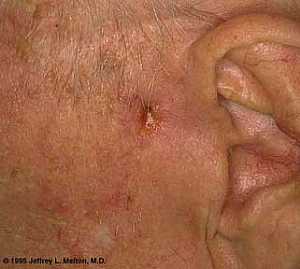 Basal Cell Carcinoma ("Rodent Ulcer" Type)
Basal Cell Carcinoma ("Rodent Ulcer" Type)
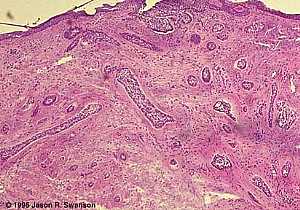 Basal Cell Carcinoma (Histology-Morpheaform Type)
Basal Cell Carcinoma (Histology-Morpheaform Type)
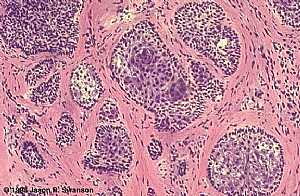 Basal Cell Carcinoma (Histology-Nodular Type - High power)
Basal Cell Carcinoma (Histology-Nodular Type - High power)
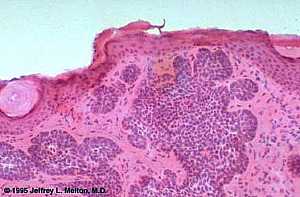 Basal Cell Carcinoma (Histology-Nodular Type- High power)
Basal Cell Carcinoma (Histology-Nodular Type- High power)
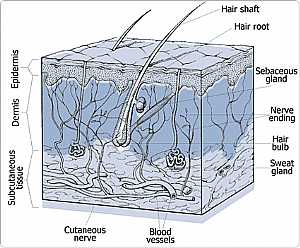 Skin
Skin
 Nervous System -- Basic
Nervous System -- Basic
 Brain anatomy
Brain anatomy
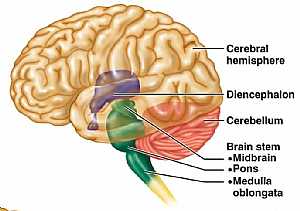 Brain anatomy
Brain anatomy
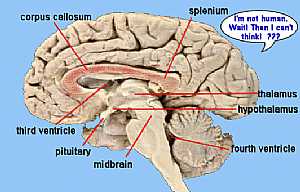 Brain anatomy
Brain anatomy
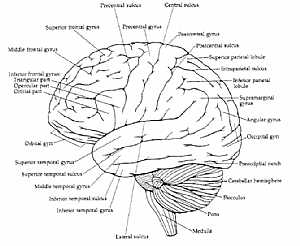 Brain anatomy
Brain anatomy
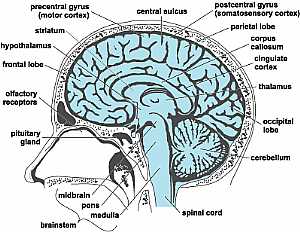 Head anatomy
Head anatomy
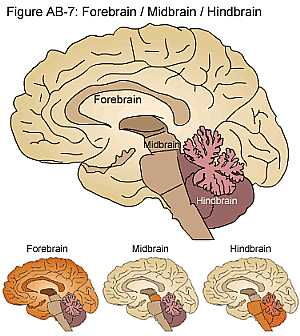 Brain anatomy
Brain anatomy
© Copyright 2001-2022 eDoctorOnline.com

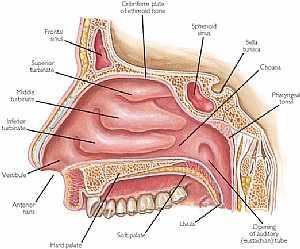 Nose anatomy
Nose anatomy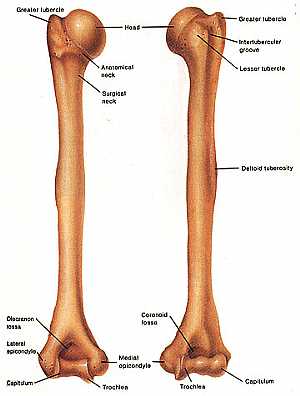 Humerus bone
Humerus bone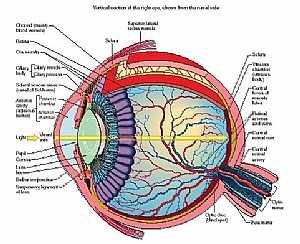 Eye anatomy
Eye anatomy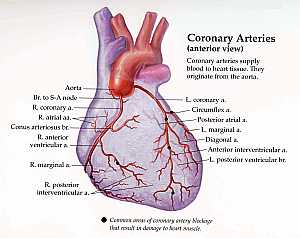 Coronary arteries anatomy
Coronary arteries anatomy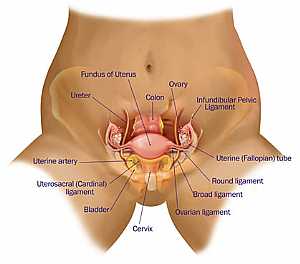 Female pelvic anatomy
Female pelvic anatomy Heart and lung anatomy
Heart and lung anatomy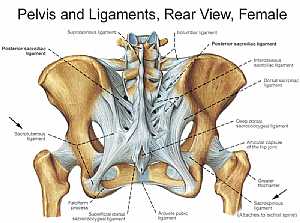 Bones and ligaments of the FEMALE Pelvis
Bones and ligaments of the FEMALE Pelvis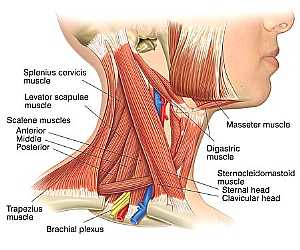 Neck Anatomy
Neck Anatomy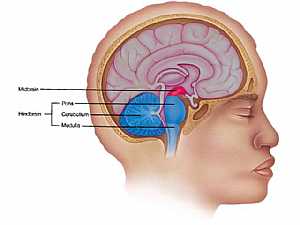 MidBrain anatomy
MidBrain anatomy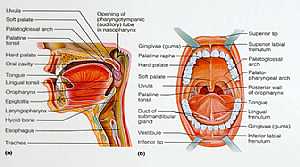 Oral Cavity
Oral Cavity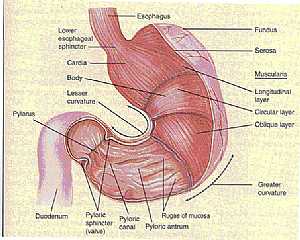 Stomach anatomy
Stomach anatomy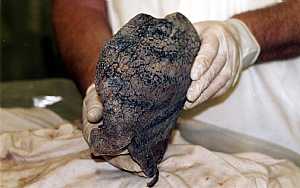 Lung anatomy
Lung anatomy Basal Cell Carcinoma ("Rodent Ulcer" Type)
Basal Cell Carcinoma ("Rodent Ulcer" Type) Basal Cell Carcinoma (Histology-Morpheaform Type)
Basal Cell Carcinoma (Histology-Morpheaform Type) Basal Cell Carcinoma (Histology-Nodular Type - High power)
Basal Cell Carcinoma (Histology-Nodular Type - High power) Basal Cell Carcinoma (Histology-Nodular Type- High power)
Basal Cell Carcinoma (Histology-Nodular Type- High power) Skin
Skin Nervous System -- Basic
Nervous System -- Basic Brain anatomy
Brain anatomy Brain anatomy
Brain anatomy Brain anatomy
Brain anatomy Brain anatomy
Brain anatomy Head anatomy
Head anatomy Brain anatomy
Brain anatomy
Be the first one to comment on this article!